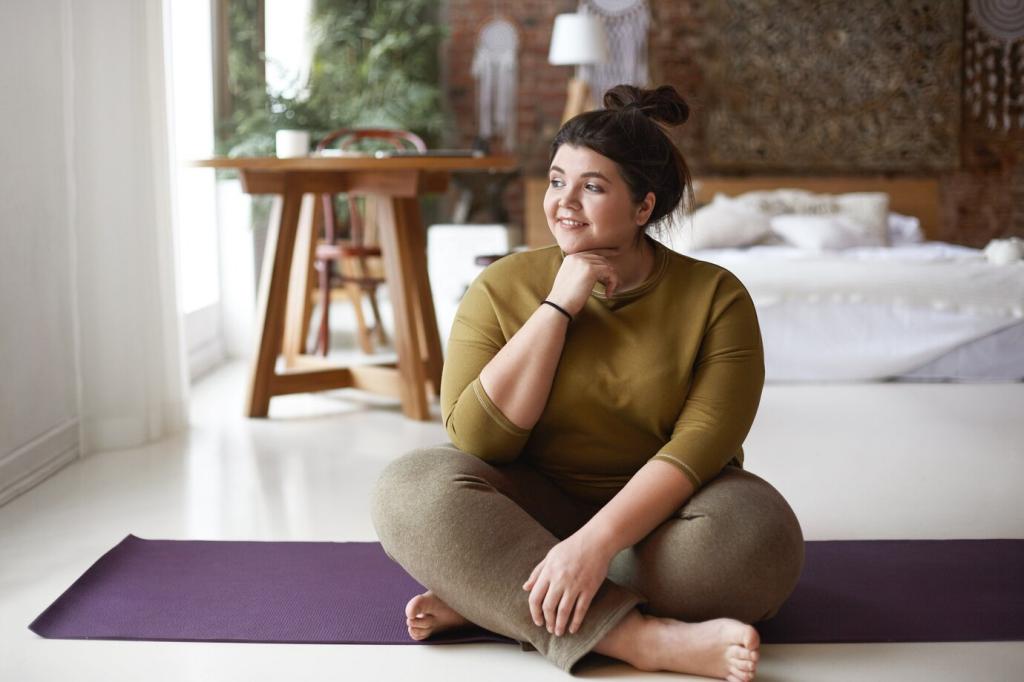Acoustics, Scent, and Quiet Technology
Layer rugs, drapes, books, and cork panels to absorb echoes and hush sharp clatter. Even small treatments reduce fatigue over long days. Try moving a rug or adding curtains, then sit in silence for two minutes and share what you hear—and no longer hear.
Acoustics, Scent, and Quiet Technology
Assign gentle fragrances to zones: lavender for rest, rosemary for focus, citrus for refresh. Use diffusers sparingly so scent supports rather than overwhelms. Track your mood alongside each aroma for a week, and tell us which pairing created the most reliable calm.
Acoustics, Scent, and Quiet Technology
Hide cables, dim screens, and designate no-notification corners. Consider fabric-covered speakers and warm-tone screen settings after dusk. If you try a screen-off hour, note how the room feels, then subscribe for printable reminders that help make quiet a daily, effortless habit.
Acoustics, Scent, and Quiet Technology
Lorem ipsum dolor sit amet, consectetur adipiscing elit. Ut elit tellus, luctus nec ullamcorper mattis, pulvinar dapibus leo.




